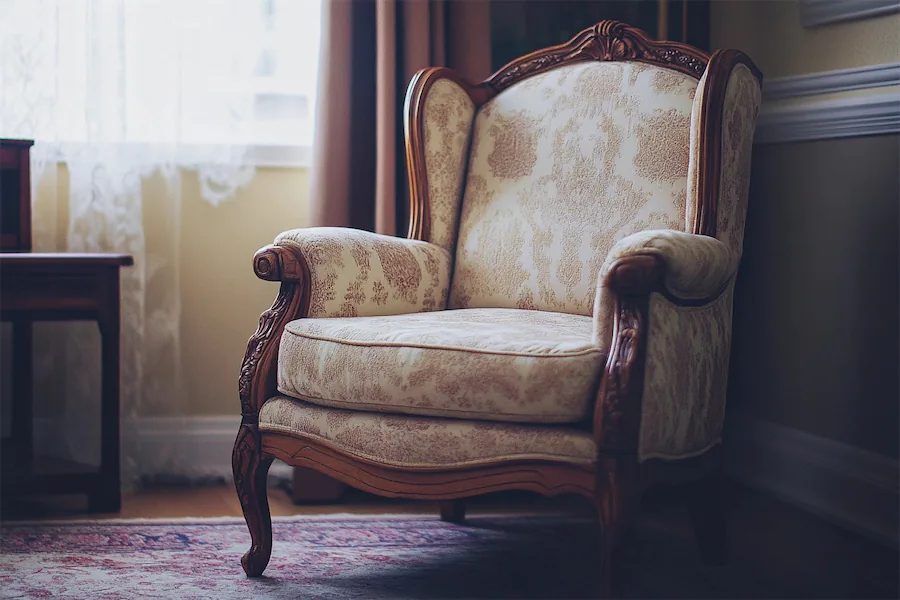Traditional chairs have been integral to human history, evolving across cultures and eras to reflect societal norms, artistic movements, and technological advancements. This article explores the origins, key features, applications, and considerations when choosing traditional chairs.
History and Origins of Traditional Chairs
The earliest known chairs date back to Ancient Egypt, where they were symbols of authority and status, often crafted from ebony and ivory and adorned with intricate carvings.
In Ancient Greece, the klismos chair emerged, renowned for its elegant curves and considered one of the most beautiful chair designs.
During the Renaissance in Europe, chairs transitioned from exclusive symbols of power to common household items, reflecting the era’s fashion and social changes.
In China, chairs became widespread during the 12th century, influenced by Buddhist monastic furniture and evolving from earlier seating practices that involved sitting on mats or low platforms.
Key Features of Traditional Chairs
Traditional chairs are characterized by:
- Materials: Typically constructed from solid woods like oak, mahogany, or walnut, often featuring upholstery in leather, velvet, or brocade.
- Design Elements: Incorporate ornate carvings, turned legs, and decorative motifs such as floral patterns or animal forms.
- Construction: Emphasize durability and craftsmanship, with joinery techniques like mortise and tenon or dovetail joints.
Applications of Traditional Chairs
Traditional chairs serve various purposes:
- Dining Rooms: Provide formal seating that complements classic interior designs.
- Living Rooms: Offer comfortable seating with an emphasis on aesthetic appeal.
- Offices and Studies: Include designs like the Chesterfield chair, which adds a touch of elegance to professional settings.
- Accent Pieces: Function as statement furniture in hallways or bedrooms, showcasing intricate designs and craftsmanship.
Considerations When Choosing Traditional Chairs
When selecting traditional chairs, consider the following:
- Space Compatibility: Ensure the chair’s size and style harmonize with the room’s dimensions and décor.
- Comfort: Look for chairs with appropriate cushioning and ergonomic support, especially for prolonged use.
- Authenticity: Verify the craftsmanship and materials to distinguish between genuine antiques and reproductions.
- Maintenance: Be prepared for the upkeep required for materials like wood and upholstery to preserve the chair’s appearance and longevity.
Conclusion
Traditional chairs are more than mere seating; they are embodiments of cultural heritage and artistic expression. Understanding their history, features, and applications can guide you in selecting pieces that enhance your living spaces with timeless elegance.
